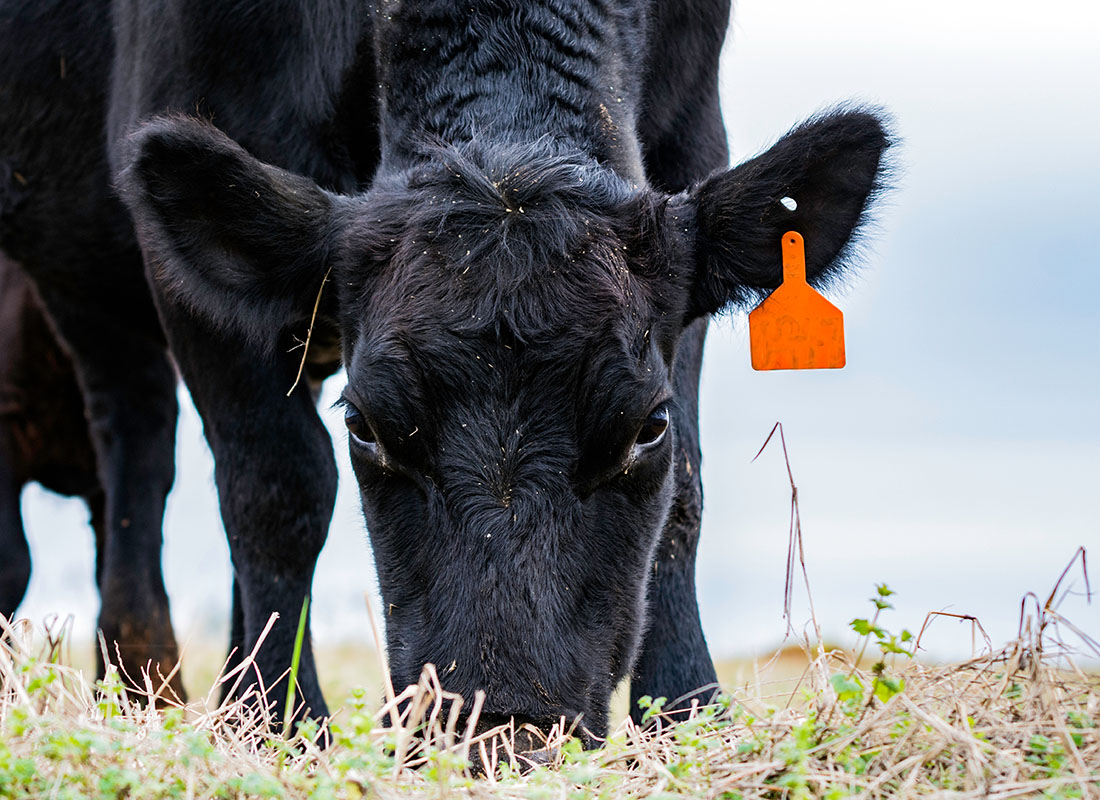Strategic Partnerships for Strength: Bagley Risk Management
Strategic Partnerships for Strength: Bagley Risk Management
Blog Article
Understanding Livestock Threat Protection (LRP) Insurance Policy: A Comprehensive Overview
Browsing the world of animals risk security (LRP) insurance can be an intricate venture for numerous in the farming market. This kind of insurance offers a safeguard against market variations and unpredicted circumstances that can affect animals producers. By understanding the details of LRP insurance policy, producers can make educated decisions that might safeguard their procedures from financial risks. From how LRP insurance policy works to the various protection options available, there is much to uncover in this extensive overview that could possibly form the way livestock manufacturers come close to threat monitoring in their companies.

How LRP Insurance Coverage Works
Occasionally, comprehending the technicians of Animals Risk Security (LRP) insurance coverage can be complicated, however damaging down exactly how it works can provide quality for farmers and breeders. LRP insurance coverage is a risk administration tool developed to shield livestock producers against unforeseen price declines. It's important to note that LRP insurance coverage is not a revenue warranty; rather, it concentrates entirely on rate threat protection.
Eligibility and Coverage Options

When it comes to insurance coverage choices, LRP insurance offers producers the adaptability to pick the coverage level, coverage duration, and recommendations that ideal suit their risk management demands. By recognizing the qualification criteria and coverage options offered, animals manufacturers can make informed decisions to manage danger properly.
Advantages And Disadvantages of LRP Insurance
When examining Animals Danger Protection (LRP) insurance policy, it is vital for animals producers to evaluate the benefits and negative aspects fundamental in this danger monitoring tool.

One of the primary benefits of LRP insurance is its capability to offer protection versus a decrease in animals costs. Furthermore, LRP insurance provides a level of adaptability, permitting manufacturers to tailor insurance coverage levels and policy periods to suit their details needs.
Nonetheless, there are additionally some downsides to consider. One restriction of LRP insurance is that it does not secure versus all sorts of risks, such as disease break outs or all-natural disasters. Costs can in some cases be costly, specifically for manufacturers with large animals herds. It is crucial for manufacturers to very carefully examine their private risk direct exposure and financial scenario to figure out if LRP insurance policy is the ideal danger monitoring tool for their operation.
Understanding LRP Insurance Policy Premiums

Tips for Optimizing LRP Benefits
Taking full advantage of the advantages of Livestock Danger Security (LRP) insurance coverage needs calculated preparation and proactive risk administration - Bagley Risk Management. To maximize your LRP insurance coverage, think navigate to these guys about the complying with pointers:
Consistently Assess Market Conditions: Remain informed regarding market fads and rate fluctuations in the animals sector. By keeping track of these aspects, you can make informed decisions about when to purchase LRP coverage to protect versus prospective losses.
Set Realistic Insurance Coverage Degrees: When choosing protection degrees, consider your production costs, market price of animals, and potential risks - Bagley Risk Management. Setting sensible insurance coverage degrees ensures that you are appropriately safeguarded without overpaying for unneeded insurance
Diversify Your Insurance Coverage: As opposed to depending solely on LRP insurance policy, consider diversifying your risk management strategies. Combining LRP with other threat management tools such as futures contracts or options can offer detailed protection versus market uncertainties.
Review and Readjust Coverage Frequently: As market conditions transform, regularly assess your LRP protection to ensure it lines up with your existing risk direct exposure. Changing coverage levels and timing of acquisitions can aid enhance your danger security strategy. By complying with these ideas, you can maximize the advantages of LRP insurance coverage and safeguard your animals operation versus unforeseen risks.
Conclusion
In verdict, livestock threat defense (LRP) insurance is a beneficial tool for farmers to handle the financial risks connected with their livestock procedures. By understanding exactly how LRP functions, qualification and coverage alternatives, along with the advantages and disadvantages of this insurance coverage, farmers can make educated choices to shield their resources. By thoroughly taking into consideration LRP costs and carrying out approaches to make best use of benefits, farmers can minimize potential losses and guarantee the sustainability of their operations.
Animals producers interested in obtaining Livestock Danger Protection (LRP) insurance coverage can check out an array of qualification criteria and coverage options tailored to their specific animals operations.When it comes to coverage alternatives, LRP insurance provides producers the flexibility to select the protection degree, protection duration, and recommendations that ideal match Resources their danger monitoring demands.To realize the details of Animals Threat Defense (LRP) insurance fully, comprehending the aspects affecting LRP insurance policy costs is critical. LRP insurance coverage costs are figured out by different components, including the protection level picked, the anticipated cost of livestock at the end of the coverage duration, the kind of livestock being insured, and the size of the insurance coverage period.Review and Readjust Coverage Consistently: As market problems change, regularly evaluate your LRP insurance coverage to guarantee it straightens with your existing danger direct exposure.
Report this page